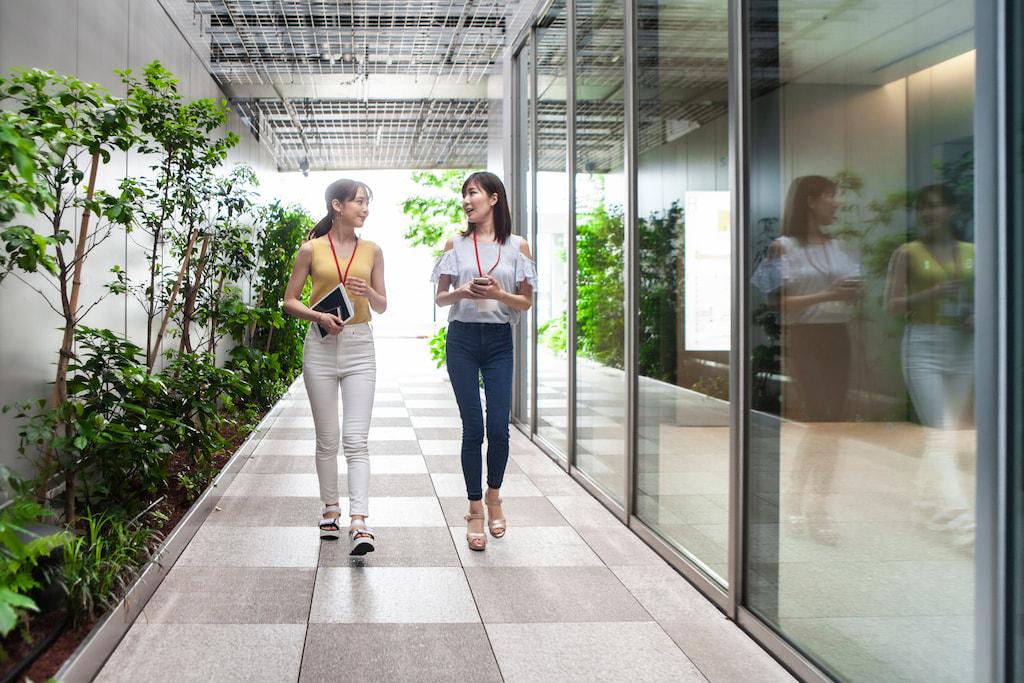![]()
Invest in your spaces!
Two thirds
Of business leaders are looking to upgrade or renovate their offices*.
![]()
Up to 70%
Of business costs can result from labour, and these costs continue to grow*. Wellbeing pays off!
One third
Of energy in buildings is wasted*. That’s one third too many for a sustainable future.
67 %
Of employees want more in-person work*. Working habits are changing and our spaces must adapt.
25 – 77 %
Boost in asset value through “green premiums” for buildings with certifications*.
25 %
Improvement in staff performance has been observed following a WELL Certification.

Benefits of achieving building standards

Savings and efficiency
A central consideration in standards like LEED and BREEAM is the environmental performance of your building. By aiming to achieve such building standards you are, in practice, improving the sustainability of your space through more efficient processes and technologies.
With net zero targets on the horizon and ever-increasing pressures from stakeholders, building standards provide you with a realiable framework for achieving energy efficient spaces and thereby saving money.

Wellbeing at the forefront
Building standards (such as the WELL Building Standard) put people in focus and place a significant emphasis on health and wellbeing by looking at indoor environmental quality from a variety of different perspectives. Concepts include, but are not limited to: lighting, air, thermal comfort, ergonomics, water, sound, materials, and features like access to nature.
Even if certification is not desired, building standards offer an excellent framework for evaluating your building’s performance and assessing its impact on the people in your space.

Futureproof spaces
In order to achieve building standards, the use of smart technologies is often a prerequisite. In the context of lighting, for example, requirements for circadian design, daylight simulation and occupant control are made much more attainable through the use of intelligent control systems.
Such smart building technologies are, in many cases, also designed to last throughout the lifetime of the building, allowing you to upgrade or adapt your space to any future changes.
…and there’s more!

Standardisation allows everyone in the building to benefit from clearer practices, processes and technologies; saving time and money.
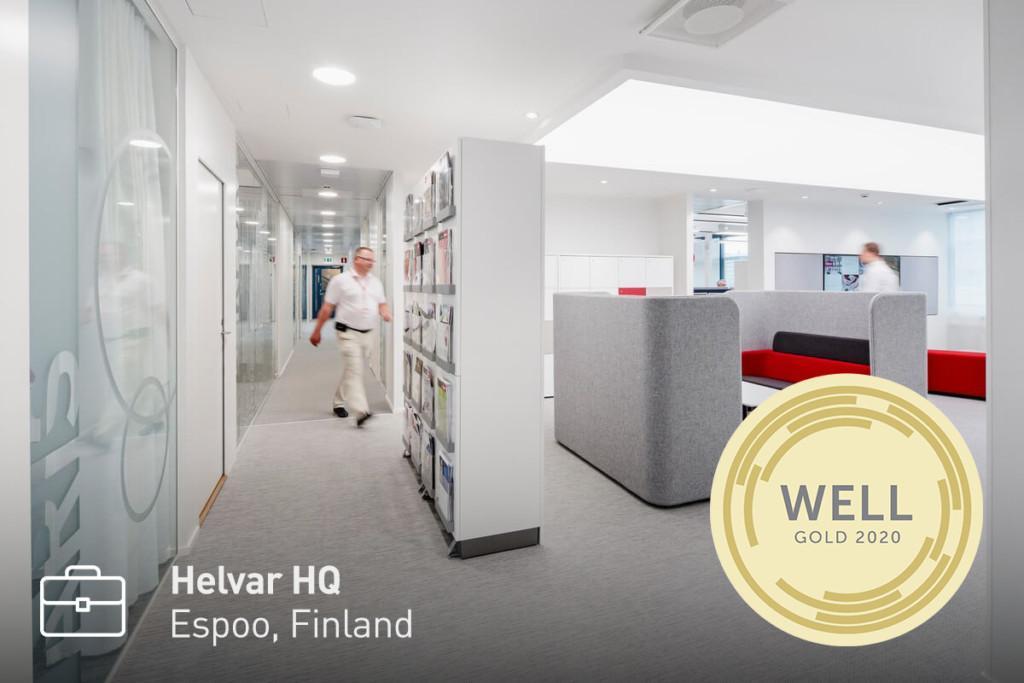
Attract people to your office with a marketable accreditation and create a space you can be proud of.

Personalisation and individual needs are a core consideration of building standards, allowing everyone to work with maximum comfort.
Start with intelligent lighting controls!
DESIGNED FOR WELLBEING
Intelligent lighting systems are designed for maximum positive impact on health and wellbeing, helping you to create truly human centric spaces.
EASY SETUP
Lighting controls based on open standards like DALI, or wireless systems like ActiveAhead, are fast to install and easy to commission, saving you dozens of labour hours.
FLEXIBLE SPACES
Replace devices as you wish. Add a new social area. Remove the new social area. With intelligent lighting controls, your system can adapt easily to any changes in your space.
PROVEN ENERGY SAVINGS
Intelligent lighting controls can save you up to 85% of energy costs, when compared to schedule-based flourescent systems.
CONTINUOUS OPTIMISATION
Cloud-based services like Helvar Insights allow you to remotely access valuable data from your system. Full visibility of space usage allows you to constantly optimise and experiment.
MINIMAL DISRUPTION
Use existing walls and infrastructure to install your control system. Moreover, wireless controls requires minimal wiring, resulting in faster installation time and fewer materials used.
![]()
Learn about WELL, LEED, BREEAM and lighting
Click to explore!
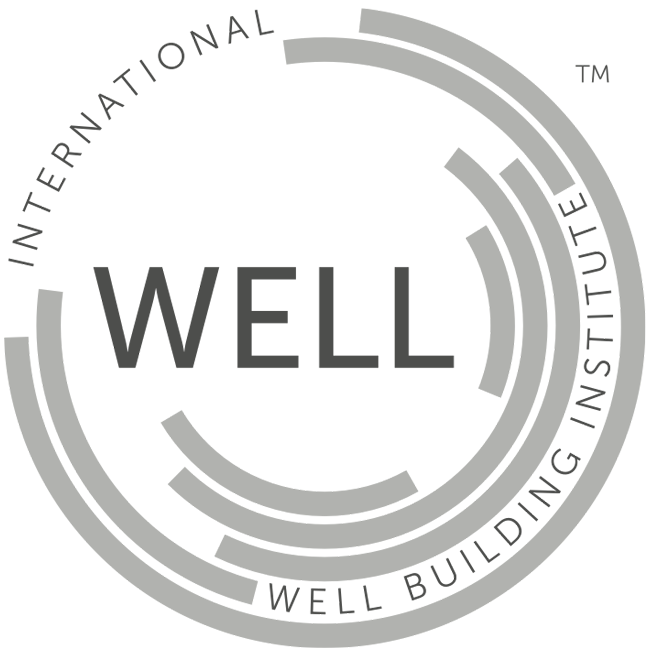
WELL Building Standard™ and Lighting
The WELL Building Standard™ is a leading global rating system focused on the ways in which buildings, and everything in them, can improve comfort and enhance health and wellbeing— setting a benchmark for optimal building performance.
The WELL V2 Standard features 11 concepts of measurement, both preconditions and optimisations. Concepts consist of several features, each containing parts. Spaces are awarded points based on the number of optimisation features attained, with successful certifications awarded to entrants who meet the criteria for Bronze, Silver, Gold or Platinum.

LEED Certification and Lighting
LEED (Leadership in Energy and Environmental Design) is a certification system which was developed by the U.S. Green Building Council. It is designed to assess the performance of buildings against benchmarks, with the aim of encouraging sustainable building design by applying a recognised standard.
The scoring criteria includes assessments across categories such as innovative design and technical solutions, energy consumption and emissions, materials, water consumption and more. The standard is designed to minimise a buildings carbon footprint, but also helps to decrease long term costs by reducing energy consumption and optimising space usage.
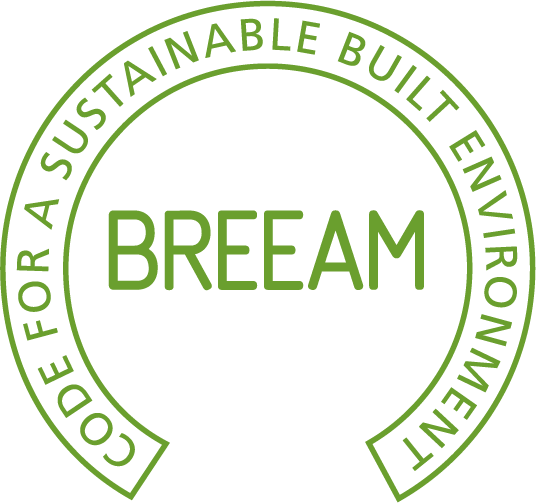
BREEAM Certification and Lighting
BREEAM (BRE Environmental Assessment Method) is the most established and recognisable environmental assessment system for projects, infrastructure and buildings. BREEAM awards certifications based on assessments of the performance of a space, following current best-practices.
BREEAM was created by BRE (Building Research Establishment Limited) in 1990 in the UK. Assessments result in certifications ranging from Acceptable to Outstanding, where building performance is evaluated in areas such as lighting, pollution, energy consumption, impact on the environment, water management and more.
Lighting specific categories include controlling artificial lighting, daylighting, external lighting, energy efficiency and energy monitoring.
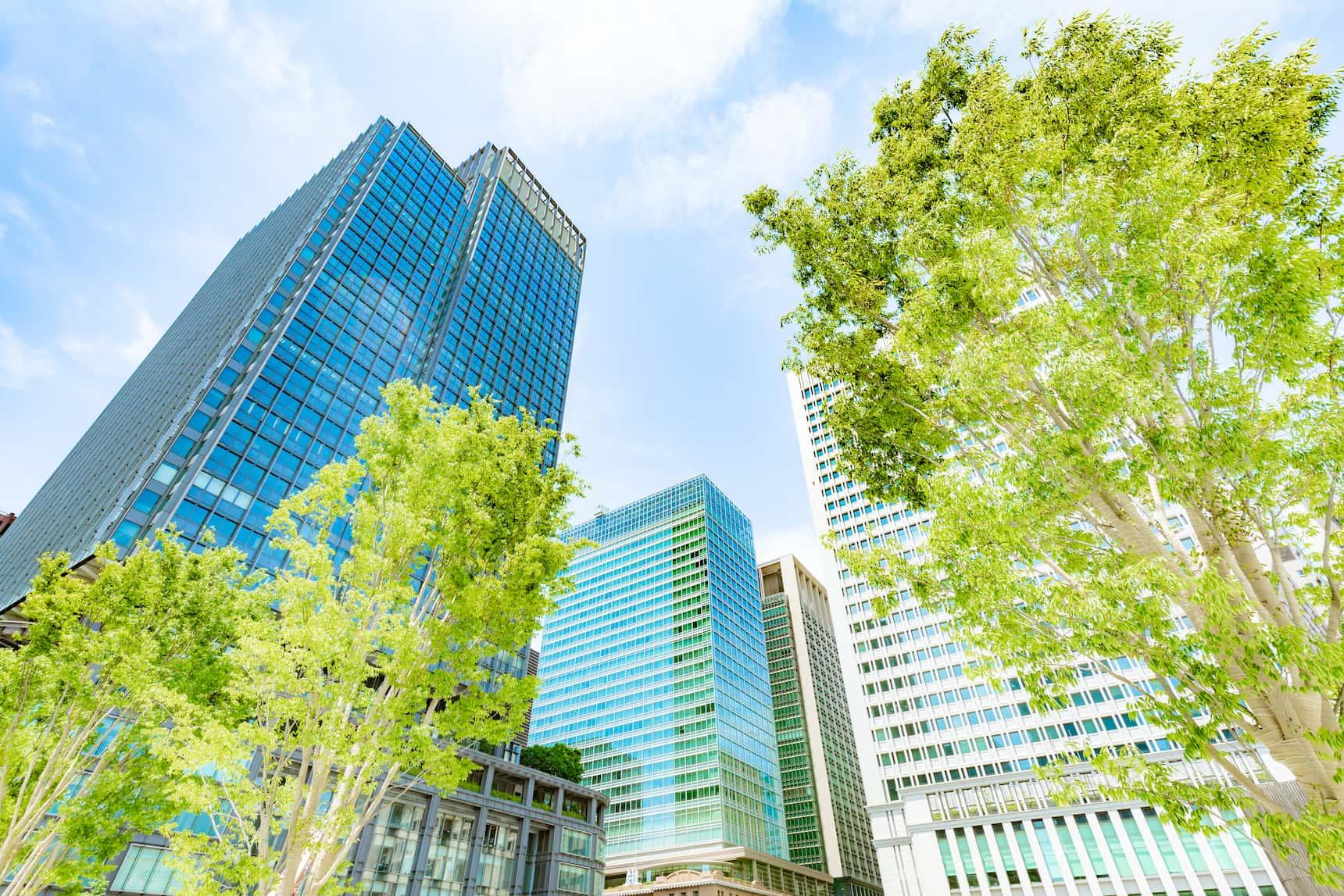
Read more about smart buildings and lighting controls:




